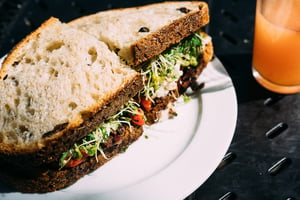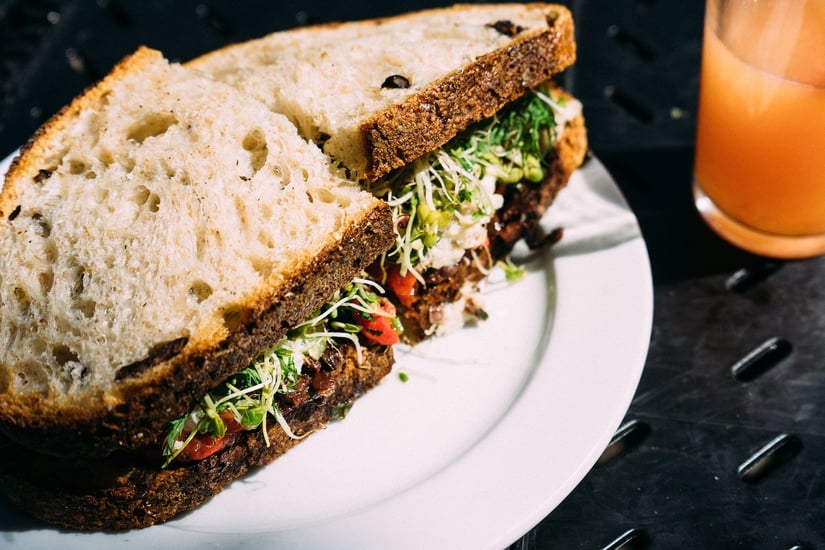It’s a well-known fact that poor diet and nutrition are major contributory risk factors for ill health.
Obesity is a significant health problem due to its association with serious chronic diseases such as type 2 diabetes, hypertension (high blood pressure), and hyperlipidaemia (high levels of fats in the blood that can lead to narrowing and blockages of blood vessels), which are major risk factors for cardiovascular disease and cardiovascular related mortality.
Obesity is also associated with cancer, disability, reduced quality of life, and can lead to premature death.

Therefore every New Year brings a host a weight-loss resolutions for people worldwide – this year is no different. According to a recent US survey by the Calorie Control Council (CCC), 185 million Americans have been ‘weight conscious’ during the past year, and 54% say they are achieving their goals by exercise, cutting back on sugar by using low-calorie or reduced-sugar products, and restricting portion sizes.
The Council predicts the following five trends when it comes to dieting, weight loss and physical activity in 2012:
- More focus on farm to fork: Trying to buy local products and cook seasonally.
- Branching out and trying more international types of foods: Food choices will be influenced more often by other countries and ethnic cuisines.
- Trendy exercises: In terms of exercise, ‘barre’ exercises will become more popular – with an emphasis on strengthening and lengthening muscles, inspired by ballet and dance-type exercises like Zumba.
- Calorie count: According to the CCC, 82% of American adults consume low-calorie and sugar-free foods and beverages to reduce calorie intake and cut back on added sugars in their diets. That number will increase as more low-calorie products and recipes are introduced and promoted to the public.
- Increased emphasis on family meals: Due to the global economic downturn people are eating out less and there will be more of a focus on nutritious, easy recipes that can be prepared and cooked quickly, but still bring the family together on a budget.
‘With life busier and more stressful than ever, rather than making a complete overhaul, people will be looking for small steps they can take to be healthier’, said Beth Hubrich, a registered dietitian and executive director of the CCC. ‘Simple lifestyle changes such as increasing fruit and veggies by one serving per day, cutting out 50-150 calories per day by eating fewer bites of a sandwich, choosing a diet soda or low-cal beverage in place of the regular versions, and exercising 10 minutes here or there, can make a big difference in 2012 and hopefully for life.’
Across the pond in the UK, according to the Family Food report published by the Department for Environment, Food and Rural Affairs (DEFRA) some key findings were:
- In 2011 there has been a reduction in the quantities purchased in most major food groups compared with the previous year.
- Between 2010 and 2011, purchases of fresh fruit fell by 7.7% and fresh green vegetables by 9.6%. Fruit and vegetables saw price rises of 7% and 8% respectively. Consumers spent almost the same amount as before on these foods; they bought less fruit and cheaper vegetables.
- In 2011 the average weekly expenditure on all food and drink was £36.83 per person. Between 2010 and 2011, most foods rose in price; on average there was a 9% rise in food prices. There have been significant upward trends in household expenditure on eggs, butter, bread and cereals.
A growing number of consumers are turning to meat-free food and other products that have certain allergens, such as gluten or lactose, removed from their ingredients.
Although only 6% of the UK’s population consider themselves vegetarian and only 1-2% are estimated to have food allergies, the meat-free and free-from food market is expected to grow 44% to around £1.25bn by 2016, according to study by Mintel.
This growth is being driven by an increased appetite for both meat-free and free-from products by people who eat all types of food, not just vegetarians or consumers with food allergies. More than half of the consumers questioned (55%) say they sometimes choose meat-free foods for variety, and 51% make a meal from them because they look appealing.
Mintel’s head of UK food, drink and food service research Kiti Soininen concludes: ‘The meat-free and free-from food market has far from reached its full potential. Although price, perceptions of taste and the absence of recognisable brands are still holding it back, these are not insurmountable issues.’
(Image Credit: jaymantri via www.pexels.com)


